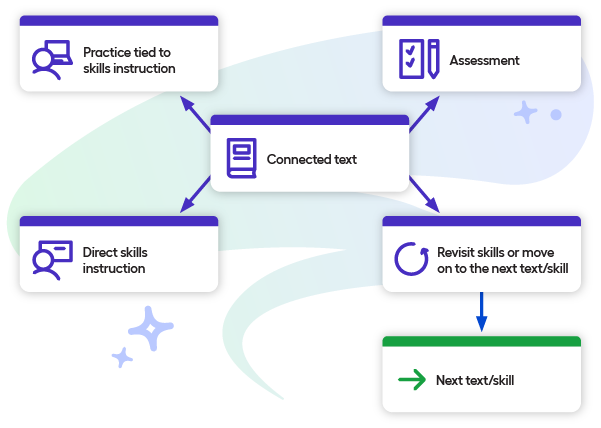Imagine Learning Supports the Virginia Literacy Act
Request a demo of our evidence-based programs approved for core, supplemental, and intervention.

Approved Approach to Literacy
As part of the Virginia Literacy Act, the Virginia Department of Education provided a list of approved instructional programs that are aligned with science-based reading research and provide evidence-based literacy instruction. Imagine Learning EL Education is an approved core program, Imagine Language & Literacy® is approved for supplemental instruction, and Imagine MyPath® Reading is approved for intervention.
Districts that purchase Imagine Learning EL Education will get the only recommended K–5 EL Education core solution.
Choosing Imagine Learning means implementing the best, most robust version of EL Education and providing individualized, targeted instruction to support all your students.
Core Curriculum

Core reading instruction that makes a bigger impact
K–5 core literacy instruction Recommended by VA DOE Aligned to VA Standards of Learning
Imagine Learning EL Education includes print and digital resources with an innovative platform that empowers educators to spend more time teaching and less time planning. Our Professional Development and Customer Success teams ensure a smooth implementation for your school or district, equipping you to achieve more.
Rated All Green by EdReports
Our research-informed program earned all green scores from independent reviewer EdReports, meeting standards for text quality, usability, and building knowledge.
Supplemental Solutions
Virginia-Approved Supplemental Solution
Give early readers a head start with a personalized literacy solution that is grounded in research and proven to increase student outcomes. The best part? Students work independently on their devices, freeing educators to provide targeted small-group instruction.
2x
Students at a western Texas district doubled their gains compared to non-participating peers on the state reading assessment with Imagine Language & Literacy
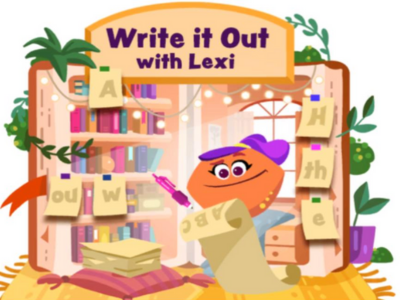
Did you know?
Explicit and systematic instruction and practice creates pathways to areas in the brain that don’t exist in a preliterate brain.
Intervention Solutions
Prioritize critical reading skills
Imagine MyPath is designed to maximize reading through personalized learning paths that prioritize the essential skills students need. As students move from intervention to supplemental grade-level practice and beyond, Imagine MyPath continues to deliver adaptive lessons.
- Provides explicit and systematic instruction
- Improves achievement for struggling readers
- Supports English learners with read-aloud support in more than 45 languages
- Works in 60-90 minutes of active time per week
Imagine MyPath students are making significant gains on national assessments such as the NWEA MAP® GrowthTM Assessment.
Explore Imagine Learning EL Education in-depth
Visit the Review Page and use the following login credentials to discover how Imagine Learning EL Education supports students and educators.
| Grade | Account Type | Username | Password |
|---|---|---|---|
| K–8 | Teacher | [email protected] | password |
| Kindergarten | Student | KStudent | student123 |
| Grade 1 | Student | 1Student | student123 |
| Grade 2 | Student | 2Student | student123 |
| Grade 3 | Student | 3Student | student123 |
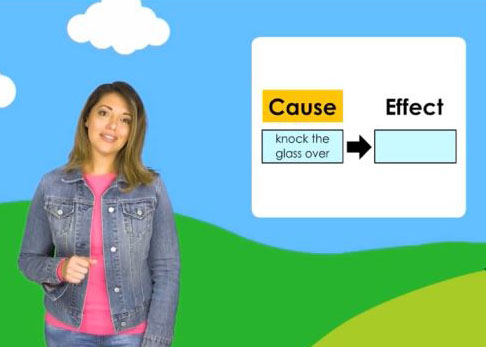
Develop strong, confident readers
- Gradually increase text complexity to move students into grade-level reading
- Direct instruction videos model metacognitive reading strategies in student-friendly language
- Students performing two or more grade levels below their current grade level receive age-appropriate instruction in phonics, fluency, and vocabulary development
Aligned to the Science of Reading:
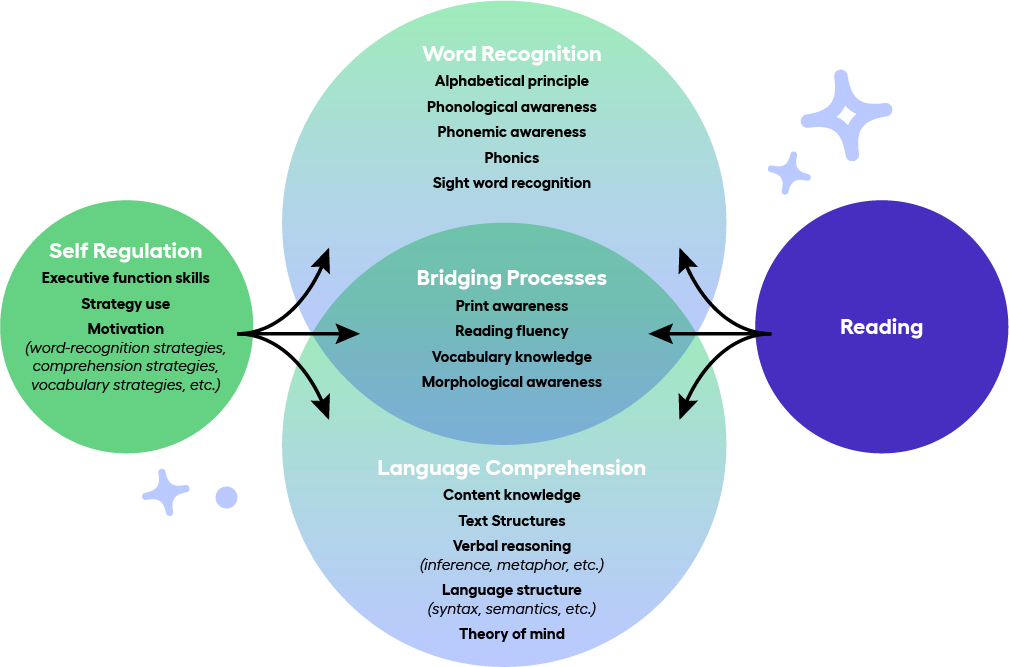
Focuses on Early Foundational Skills
In grades K–2, students receive direct, explicit instruction in alphabetic principle, phonemic awareness, phonics, decoding, and sight word recognition — all on a digital platform.
Takes a Content-Based Approach to Build Language Comprehension
Students study a wide variety of texts across content areas and disciplines to build knowledge. They learn academic vocabulary, gain fluency, and master increasingly challenging syntax.
Provides Direct Instruction in Bridging Skills
Lessons on print awareness for the youngest readers, fluency instruction for emerging readers, vocabulary, and morphology instruction — all build to create increasingly strategic, increasingly automatic skilled readers.
Explicitly Teaches Self-Regulation
Many activities intentionally build students’ executive functioning (working memory, self-control, etc.) and incorporate student choice to spark motivation.
Ready-to-Go Plans Ease Teacher Workload
Imagine Classroom is a digital platform for students and teachers that brings EL Education’s content and curriculum to life. It eases lesson planning workload with:
- Classroom-ready lesson plans
- Informative data and reporting
- Premade slide decks with suggested pacing, teaching notes, and point of use resources
Research says: language and literacy
According to decades of science of reading research, skilled reading is the product of word recognition and language comprehension. Meaning if one area is weak then reading comprehension is diminished. That’s why it’s critical to have both literacy and language skills taught in tandem.
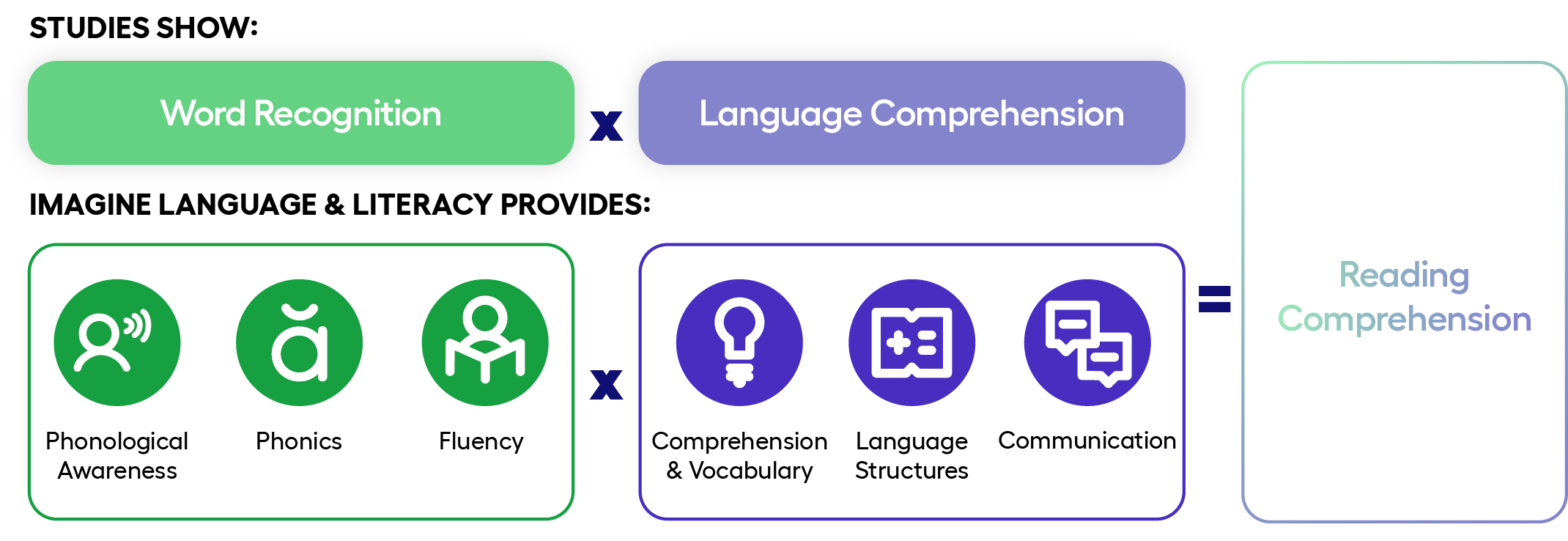
Research says: evidence-based instruction and deliberate practice
Students receive direct, explicit, and systematic instruction and practice of skills tied to a connected text. This model is proven to improve students’ academic proficiency in language and literacy skills by building automaticity, fluency, and comprehension.
